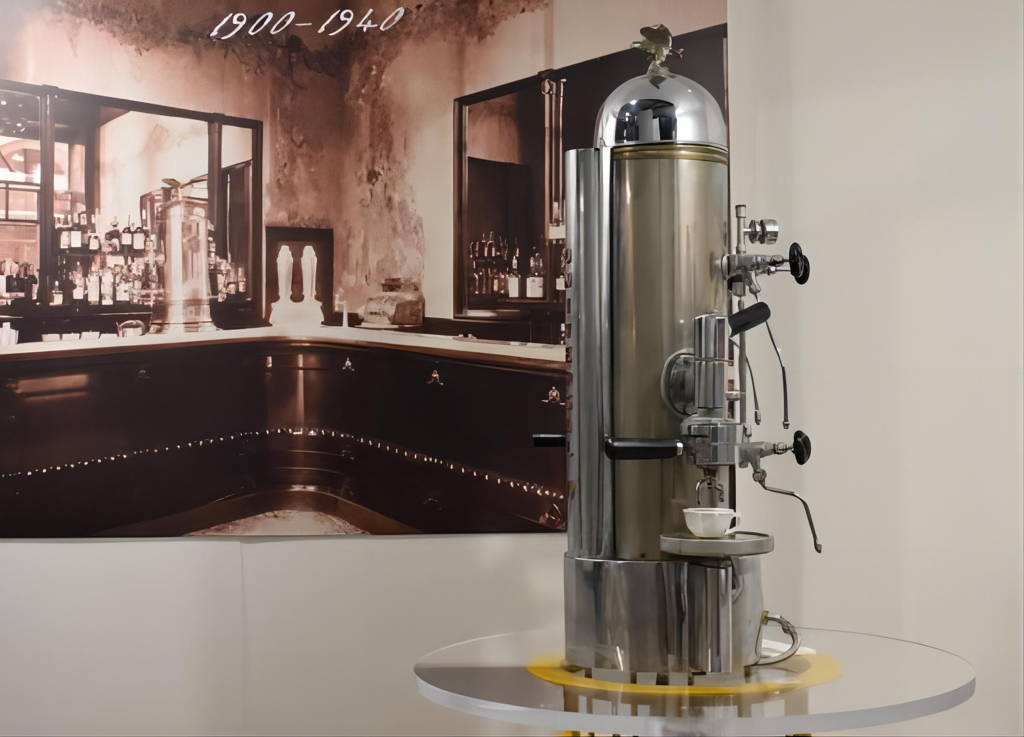The 1980s marked a turning point for the espresso machine, transforming it from a professional tool to a more accessible and user-friendly appliance. This era witnessed a surge in innovations that not only streamlined the brewing process but also opened the doors for home baristas to create cafe-quality espresso in their own kitchens.
The Rise of Automation (1980s-1990s):
Gone were the days of mastering the intricacies of lever machines. Automatic and super-automatic machines became the stars of the show.
These machines boasted user-friendly interfaces, often featuring simple push-button operation. Super-automatic machines even integrated grinding functionality, allowing users to go from whole beans to a steaming cup of espresso with minimal effort.
The Power of Electronics:
The 1980s also saw a significant leap in electronic control. Espresso machines began incorporating advanced control panels, allowing users to adjust brewing parameters like temperature and pressure.
This newfound control empowered baristas, both professional and amateur, to fine-tune their espresso for a more personalized flavor experience. Consistency also became a hallmark, as automatic controls eliminated the human element that could lead to variations in brewing.
Dual Boilers and PID:
The Pursuit of Perfection (1990s-Present): For discerning coffee enthusiasts, the quest for the perfect espresso continued. High-end machines started featuring dual boilers, a true game-changer for busy cafes and serious home baristas alike.
Dual boilers allowed for simultaneous steaming and brewing, eliminating the need to wait for water temperature to adjust. This innovation significantly improved workflow and efficiency.
PID controllers also emerged as a crucial component in the pursuit of espresso perfection.
These controllers utilize advanced algorithms to maintain precise water temperature throughout the extraction process. This meticulous temperature control ensures optimal extraction of flavor compounds from the coffee grounds, leading to a more nuanced and balanced espresso.
Sustainability and the Future (Present):
As environmental consciousness rises, the espresso machine industry is embracing sustainability. Manufacturers are developing machines that are more energy-efficient, with features like automatic shut-off and standby modes. Additionally, there's a growing focus on using recyclable materials in machine construction.
Beyond sustainability, the future of espresso machines is brimming with exciting innovation. Pressure profiling, a novel technology, allows baristas to vary pressure throughout the extraction process. This granular control unlocks even greater potential for flavor exploration and customization.





